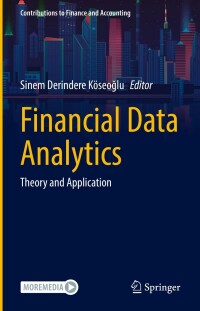Question
Pages Inc. is a publicly traded publishing company. It has a current stock price of $42 per share and an equity beta of 1.2. Pages
Pages Inc. is a publicly traded publishing company. It has a current stock price of $42 per share and an equity beta of 1.2. Pages currently has a market leverage ratio of 20%, which is equal to its target. Pages debt has a beta of 0.25. The risk-free rate in the economy is 5% and the market premium is 4%. You may assume that the CAPM holds.
Pages is considering an investment project that will expand its publishing business (the project has similar risk to Pages' existing business). To implement the project, Pages will have to pay $44 million in up-front costs. The project will produce EBIT of $5M starting in one year and continuing in every year thereafter in perpetuity. For simplicity, you can assume that there is no depreciation and no capital expenditures (other than the up-front investment cost) or changes in net working capital associated with the project.
1. Suppose that Pages' faces a marginal tax rate of 20% and that interest payments on debt are tax deductible. What is an appropriate after-tax weighted average cost of capital for Pages' to use to discount cash flows from the project? (Please express your answer in percentage form, rounded to the nearest hundredth. For example, enter 12.34 for 12.34%.)
2. What is the net present value of Pages' investment project? (Please express your answer in millions of dollars, rounded to the nearest hundredth. For example, enter 1.23 for $1.234M.)
3. Suppose that Pages learns that the government has just implemented a tax increase, so that its marginal tax rate will now be 25% instead of 20%. Keeping everything else about Pages and the project the same as described above, what is an appropriate after-tax weighted average cost of capital for Pages' to use to discount cash flows from the project? (Please express your answer in percentage form, rounded to the nearest hundredth. For example, 12.34 for 12.34%.)
4. Compare the answers that you obtained for Pages' after-tax WACC under the two different tax rates. What explains the difference, if any? Be as precise as possible! Notice that we assumed that Pages would maintain the same target leverage ratio after the tax increase as it had before. Holding everything else constant, how might Pages adjust its target leverage after the change and what would that do to the difference in WACCs that you observe? A qualitative discussion suffices (e.g., You can answer in terms of the direction that Pages might adjust its leverage and whether that would increase/decrease WACC, etc. Be sure to be clear on your reasoning!).
5. What is the NPV of Pages' project at the new marginal tax rate of 25%? (Please express your answer in millions of dollars, rounded to the nearest hundredth. For example, enter 1.23 for $1.234M.)
6. In which of the scenarios above would Pages accept the investment project? What explains the difference, if any?
PLEASE SHOW ALL WORK! THANK YOU!
Step by Step Solution
There are 3 Steps involved in it
Step: 1

Get Instant Access to Expert-Tailored Solutions
See step-by-step solutions with expert insights and AI powered tools for academic success
Step: 2

Step: 3

Ace Your Homework with AI
Get the answers you need in no time with our AI-driven, step-by-step assistance
Get Started


